Pregnancy usually lasts around 9-10 months and in that time, much can be done to physically prepare for the opening needed for birth. Our modern lifestyles often mean we are doing a lot of sitting down (driving cars, sitting at a computer, watching tv etc) and this can cause tight muscles and ligaments and can lead to the baby settling into a less than ideal position in the womb.
With a little planning and an understanding of the way our bodies work, we can do a lot to help our bodies open and soften enabling labour to be shorter and easier!
Our bodies are designed for birth
Humans have been giving birth for thousands of years. Our bodies have an innate wisdom. We don’t have to think about growing a baby’s heart, lungs and limbs and yet it happens. As the pregnancy progresses, women’s bodies naturally prepare for birth by softening the hips and loosening ligaments.
Sometimes, our bodies are tight on one side and too loose on the other. Gail Tully from Spinning Babies is passionate about teaching parents how to bring balance to your body to help birth progress more smoothly. You can learn about daily exercises that can help tight muscles to lengthen and soften and ultimately make more space for the baby to rotate and move through your pelvis. There is a wealth of knowledge on the website www.spinningbabies.com about the anatomy of your pelvis, babys’ positioning and how to bring more balance to your body in preparation for birth.
With a little planning and an understanding of the way our bodies work, we can do a lot to help our bodies open and soften enabling labour to be shorter and easier!
Our bodies are designed for birth
Humans have been giving birth for thousands of years. Our bodies have an innate wisdom. We don’t have to think about growing a baby’s heart, lungs and limbs and yet it happens. As the pregnancy progresses, women’s bodies naturally prepare for birth by softening the hips and loosening ligaments.
Sometimes, our bodies are tight on one side and too loose on the other. Gail Tully from Spinning Babies is passionate about teaching parents how to bring balance to your body to help birth progress more smoothly. You can learn about daily exercises that can help tight muscles to lengthen and soften and ultimately make more space for the baby to rotate and move through your pelvis. There is a wealth of knowledge on the website www.spinningbabies.com about the anatomy of your pelvis, babys’ positioning and how to bring more balance to your body in preparation for birth.
Did you know babies need to rotate to fit through the pelvis?
When I teach antenatal classes, many parents-to-be are surprised to learn that babies have quite the journey to make from womb to world. The mother needs to dilate her cervix, and the baby has to navigate her womb and rotate head, shoulders and body through some bony landmarks in her pelvis.
The most ideal position for the baby to be in is head down with their back towards the mothers left side or front. This position helps the baby to settle into the pelvis and means there is less rotation needed to fit through. It’s helpful if the baby has his/her chin tucked as this makes the head seem smaller and it makes it easier to rotate and descend.
When I teach antenatal classes, many parents-to-be are surprised to learn that babies have quite the journey to make from womb to world. The mother needs to dilate her cervix, and the baby has to navigate her womb and rotate head, shoulders and body through some bony landmarks in her pelvis.
The most ideal position for the baby to be in is head down with their back towards the mothers left side or front. This position helps the baby to settle into the pelvis and means there is less rotation needed to fit through. It’s helpful if the baby has his/her chin tucked as this makes the head seem smaller and it makes it easier to rotate and descend.
What kind of activities are good to help fetal positioning?
Being aware of your posture is helpful at any time in your pregnancy but becomes more crucial as baby gets bigger. Gail Tully says her ‘observations show that by 31 weeks, most first-time babies are in position’. The best idea is to stay active in your pregnancy and include daily walks, yoga, squatting and getting professional bodywork (chiropractics, osteopathy, craniosacral therapy and massage) into your self care.
Also, make yourself comfortable when you sleep by using pillows to support your knee and ankle and help your hips to stay balanced. Also, it’s good if partners/friends can learn some massage skills to help release tension in your hips and buttocks. I absolutely love the ‘daily essentials’ downloadable yoga sequence from the Spinning Babies website. It has great suggestions for bringing balance to your body and mind during pregnancy.
Being aware of your posture is helpful at any time in your pregnancy but becomes more crucial as baby gets bigger. Gail Tully says her ‘observations show that by 31 weeks, most first-time babies are in position’. The best idea is to stay active in your pregnancy and include daily walks, yoga, squatting and getting professional bodywork (chiropractics, osteopathy, craniosacral therapy and massage) into your self care.
Also, make yourself comfortable when you sleep by using pillows to support your knee and ankle and help your hips to stay balanced. Also, it’s good if partners/friends can learn some massage skills to help release tension in your hips and buttocks. I absolutely love the ‘daily essentials’ downloadable yoga sequence from the Spinning Babies website. It has great suggestions for bringing balance to your body and mind during pregnancy.
Kirrah Holborn provides pregnancy, birth and postpartum support in the Northern Rivers. She facilitates Birthing From Within antenatal classes, gives nurturing pregnancy massages and provides placenta encapsulation services.
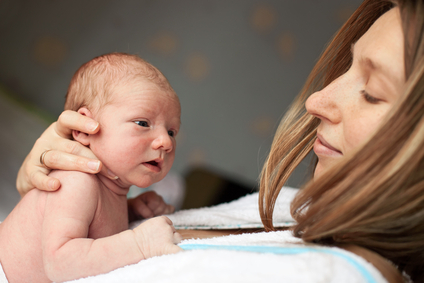
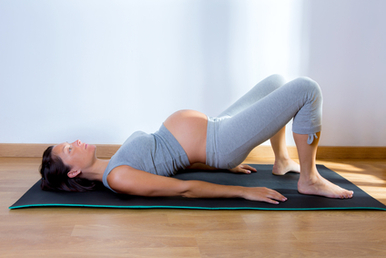
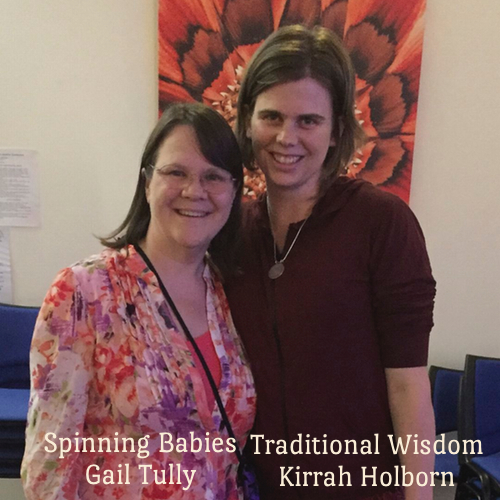
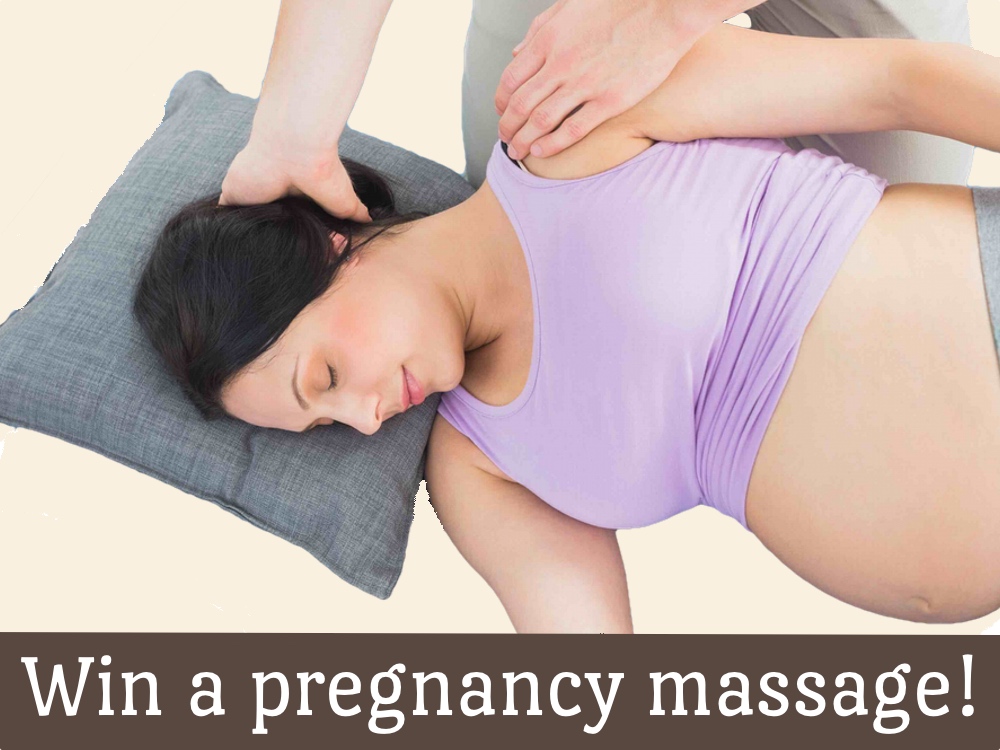
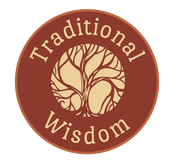
 RSS Feed
RSS Feed
